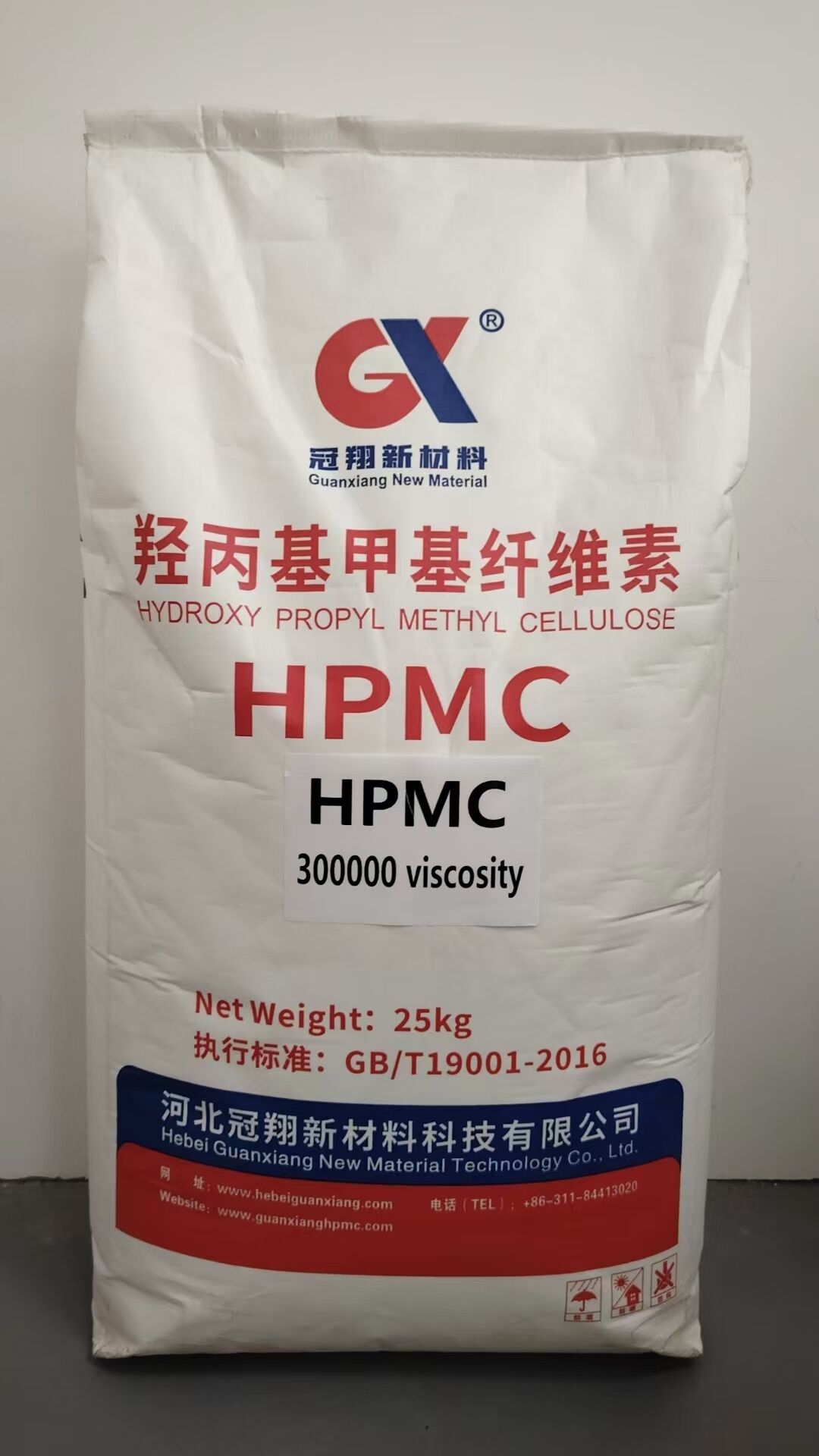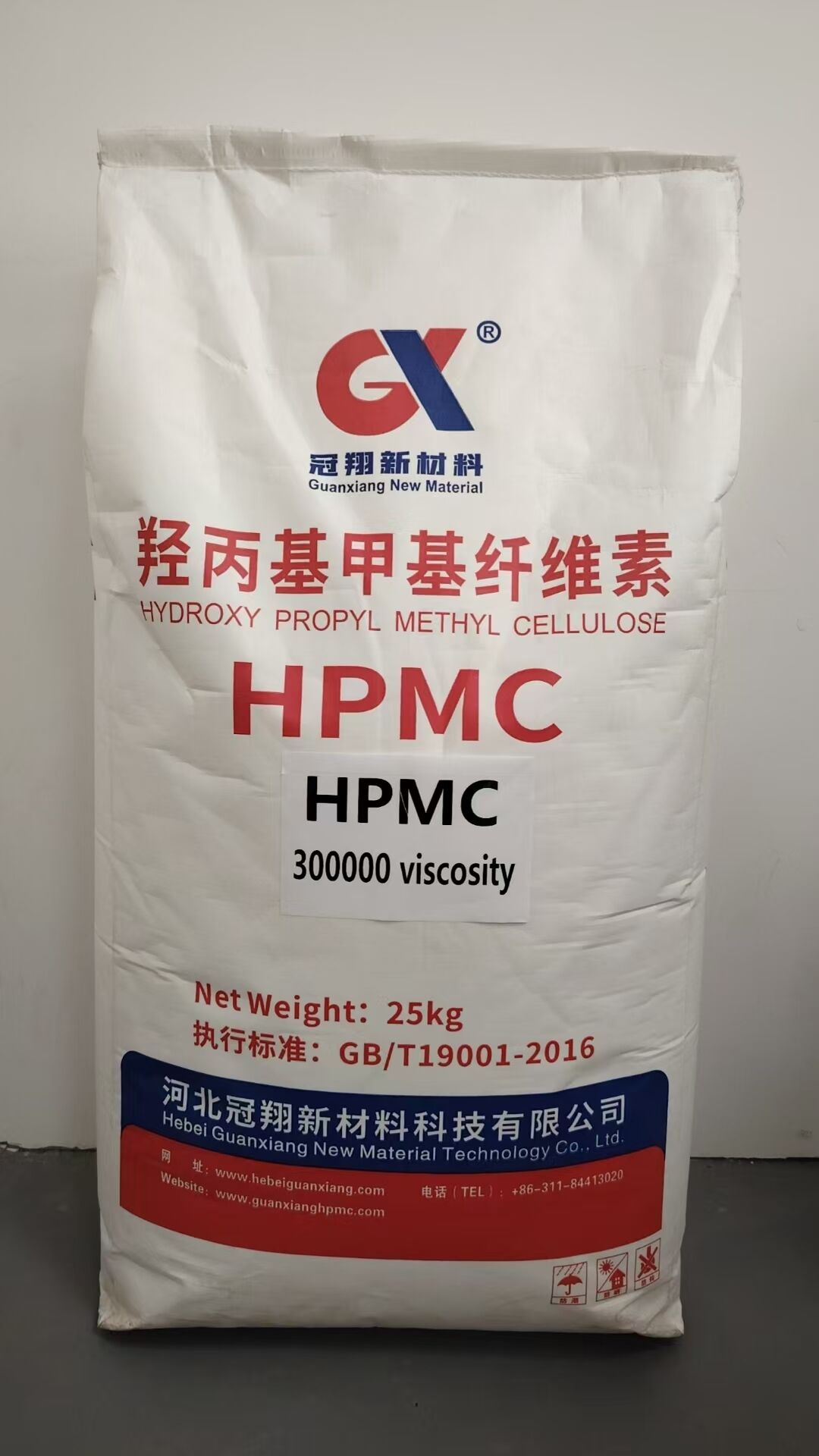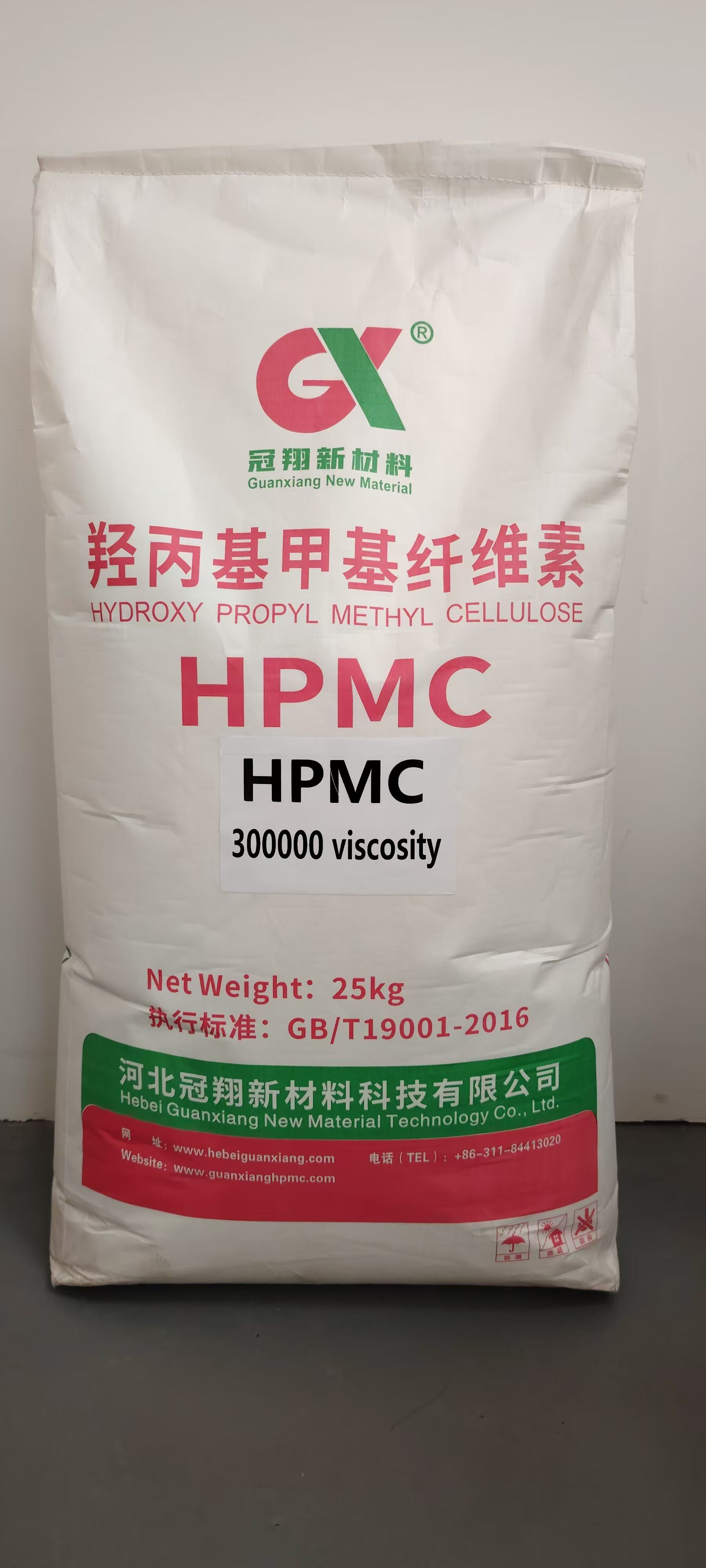hydroxypropyl methylcellulose uses
Hydroxypropyl methylcellulose (HPMC) is a versatile semi-synthetic polymer widely used across various industries due to its exceptional properties and functionality. This modified cellulose derivative serves as a crucial ingredient in pharmaceutical, construction, food, and personal care applications. In pharmaceuticals, HPMC functions as a controlled-release agent for drug delivery systems, helping to regulate the release of active ingredients and improve bioavailability. The construction industry utilizes HPMC as a critical additive in cement-based materials, where it enhances workability, water retention, and adhesion properties. In food applications, it serves as an emulsifier, stabilizer, and thickening agent, contributing to improved texture and stability in various products. The compound's unique ability to form temperature-dependent gels makes it invaluable in both hot and cold applications. Its film-forming capabilities make it essential in coating applications, while its binding properties are crucial in tablet formulation. The material's compatibility with various substances and its stability across different pH levels further expand its applications. HPMC's water-soluble nature and ability to create clear solutions make it particularly valuable in optical and cosmetic applications, where clarity and consistency are paramount.


